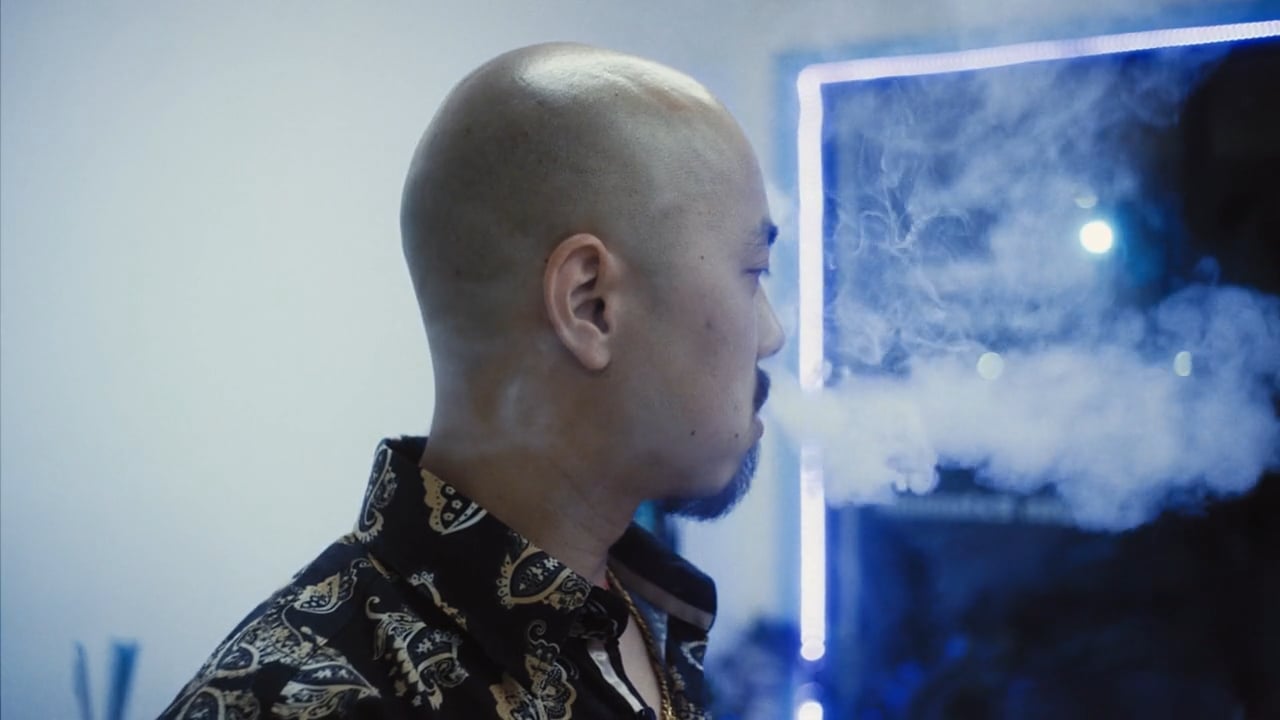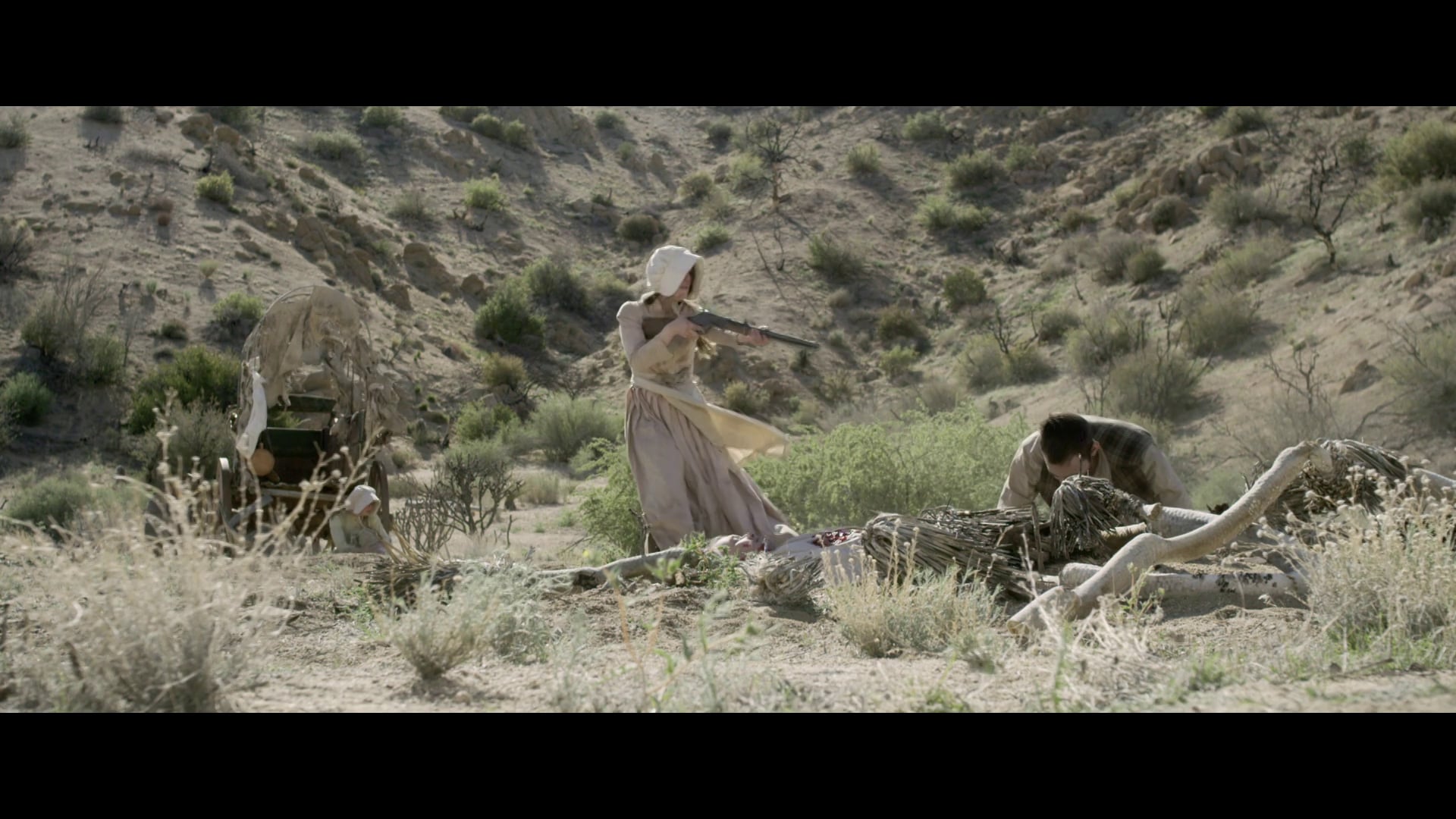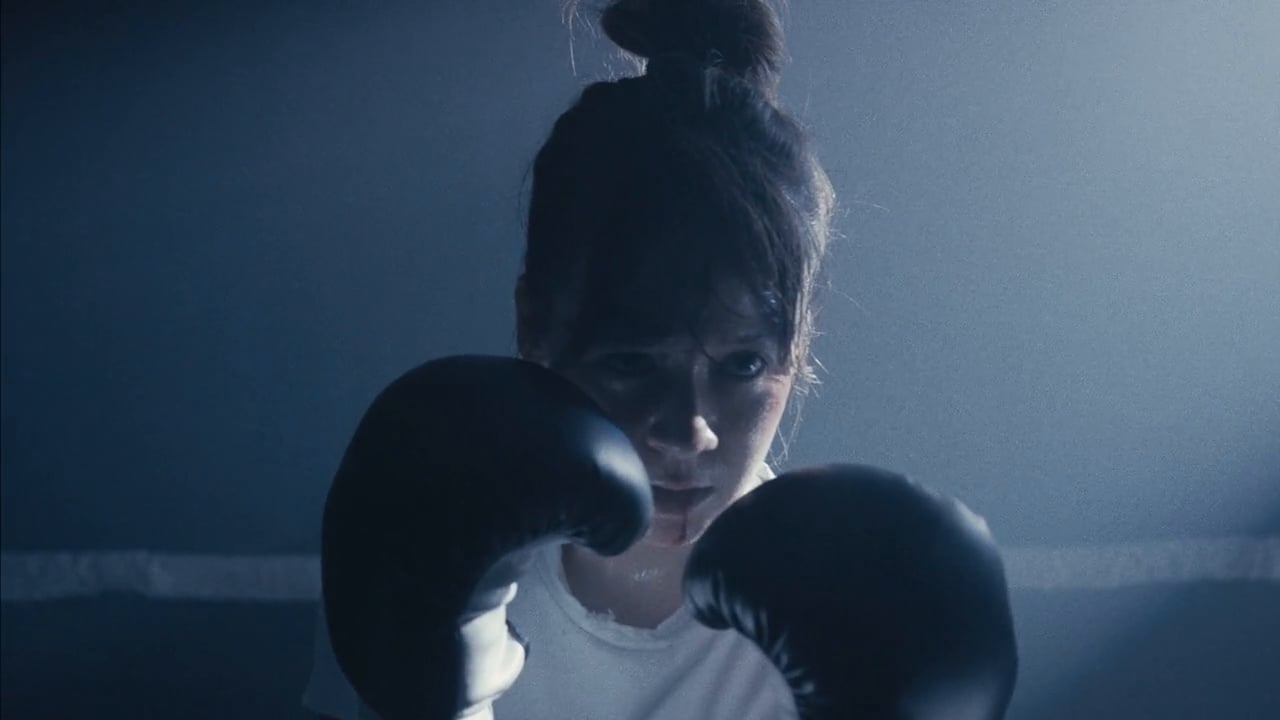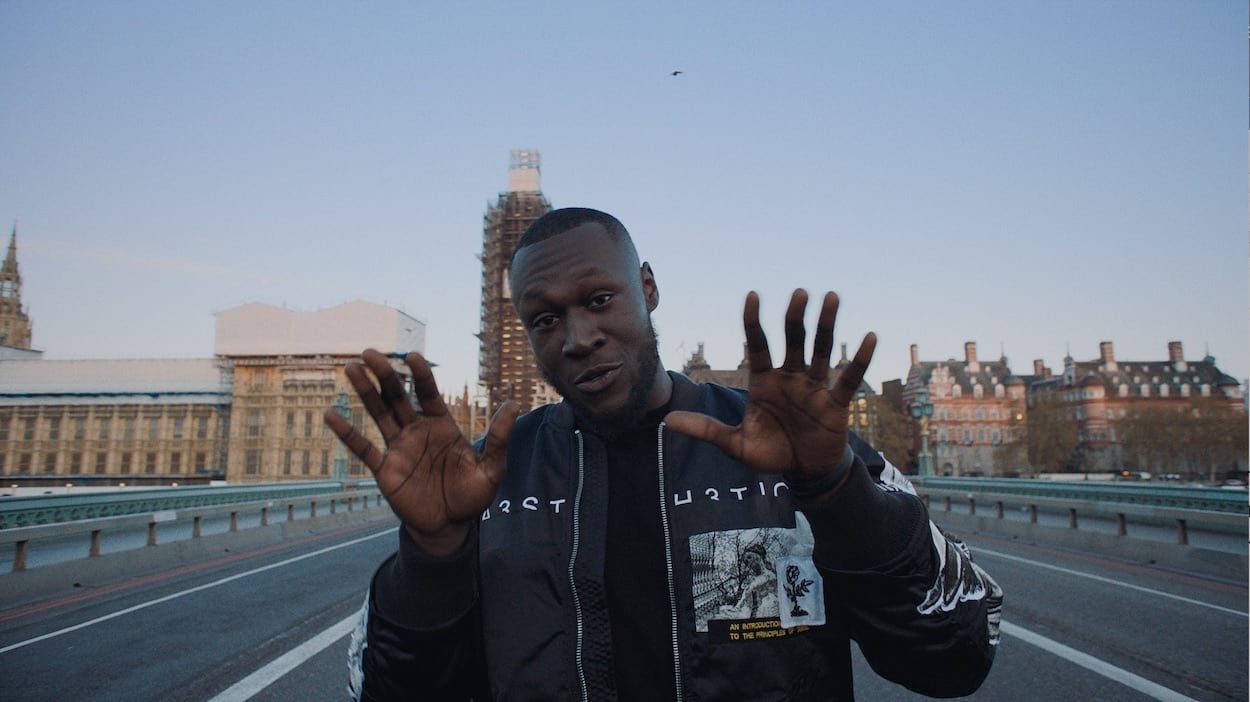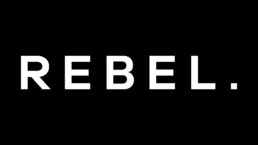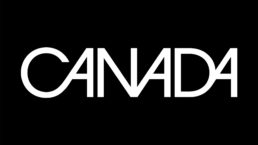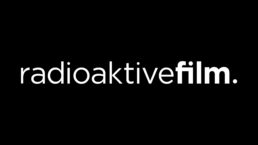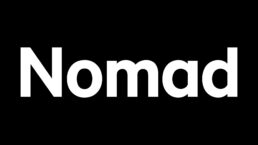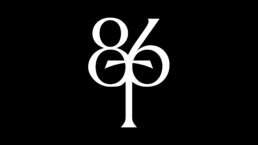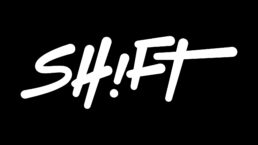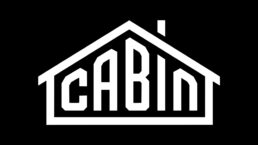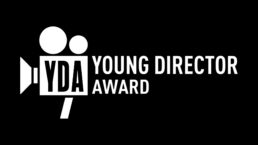Has this penchant for blood and gore been a running thread through your psyche since childhood?
So far a lot of my music videos have featured horrifying elements and sometimes when I ask myself why, I’m not really sure. I was a very anxious child and am still a very anxious person. I tend to imagine the worst possible scenarios more often than not and in a way putting some of those scenarios into my films makes them feel a little less terrifying.
Horror and other genre elements also help me tell complex, visual stories in a mere four minutes. Without any dialogue to explain the situation, people will often understand and make assumptions about a situation from a single image or scene. In Happy, for example, I knew the image of her husband walking down the hallway with another woman would suggest that he is having an affair even though we don’t really see it. It’s simple, but it’s a narrative time saver and allowed me to undermine what the audience assumed with the actual ending.
Do you write the narratives for your music videos? How much are you involved in the development of the script with the bands?
It depends on the artist, but usually I have a conversation with the band about the song and what it means to them and then I come up with the story and treatment for the video on my own. For Happy, Mitski and I talked about different ideas we had for the video and what was important to us, like having a female protagonist and casting a person of colour. The first idea I had for the video was an image of a woman in the 1950s crying and driving in the rain as the windshield wipers swept back and forth. I pitched that to Mitski and she liked it and let me take it from there.
After that, I came up with the idea for the video which was a bit far off what we talked about. To her and her team’s credit, they completely trusted me and let me execute my vision for which I am eternally grateful.
How would you describe your style?
One of my favorite things about cinema is the ability to create a hyper subjective reality and express feelings or situations that often only exist in our minds. I love films like Take Shelter or The Conversation that make the audience question what’s real and I definitely aim to explore that tension in my films. I like to blur the lines between reality and unreality and ideally do so in a way that conveys something about a character’s emotional experience. And of course, I prefer if things look as beautiful as possible, hopefully in service of making something emotional resonate.
How did your filmmaking begin? Are you from a creative background – when did you first realise you wanted to make films. Where did you study? Or are you self-taught?
I didn’t realise I wanted to make films until college. I went to Wesleyan University in Connecticut under the guise I would study Physical Chemistry and/or Mathematics, but fell in love with their Film Studies program in my sophomore year. Wesleyan is a Film Studies program (rather than a film school) so the emphasis is on watching films and understanding how they are made which was an invaluable learning experience. I will never underestimate the power of watching lots and lots of movies, especially the great classics over and over again. I stayed to do my Masters in Film Studies there and wrote my Masters Thesis on Hong Kong’s great director, Johnnie To. I love watching and thinking about movies, but foremost I realised that I wanted to be a filmmaker.
What are the key lessons you’ve learnt about filmmaking?
The most important lesson I’ve learned about filmmaking is the necessity of perseverance. On a low-budget project, all the cards are stacked against you and the only way I could make it happen is if I refused to give up. I think that tenacity also not only applies to getting through a film shoot, but also to sustaining a life long career.
Would you ever want to sign to a larger production company or are you enjoying the liberty of independence?
Yes! Signing to a larger production company is the absolute goal. I’d love to apply my off kilter point of view to more established brands and artists.
Your casts are usually made up of Chinese characters. Is this a culture you understand well and is it a comfortable fit to be part of Eastern and Western cultures?
I’m half-Asian — my father grew up in Hong Kong and is of Chinese descent and my mother is Swedish-American. Growing up I rarely saw people who looked like me on screen and as I’ve continued to pursue a career in film I think it’s important for me to, if possible, tell stories and cast actors we don’t typically witness.
Moreover, as someone who is bi-racial and grew up in the middle of Michigan, making movies about different Asian American people (the characters in the Skylar Spence video are Vietnamese American) allows me to expand my understanding of the Asian American experience. My grandmother grew up in Vietnam before she fled to China and then Hong Kong so I have a natural interest in Vietnamese culture. Working on the Skylar Spence video let me go down the what-if rabbit hole that maybe there’s a parallel universe where my grandmother stayed in Vietnam and then later came to America.
Ultimately, I try to pick topics and characters that I personally find compelling because on these micro-budget projects, I need to invest my whole soul into them to make them happen. There has to be something I can latch onto whether it has to do with my own personal family history or not. After all, my first video for Chastity Belt’s “Black Sail” was inspired by my love of the Oregon Trail.
What were the main challenges of your latest video Happy for Mitski and how did you resolve them?
In the low-budget, independent music video world, money and time are always a big hurdle for me and my team. As we insanely decided to do a period piece with very little money, we purposefully shot at my own place so we would have ample time to re-paint, re-decorate and plan. I also have a full time job so I am only able to work on these projects nights & weekends and that makes time management essential and challenging.
I spent four weekends driving around Los Angeles to different estate sales and thrift stores looking for period appropriate props and costumes and texted pictures to the production designer, Eloise Ayala, and the costume designer, Cocoa Rigal. We tried our best to have everything as coordinated as possible and the cinematographer, Chris Ripley, and I talked a lot about how to use colour and were very inspired by Douglas Sirk’s film All that Heaven Allows. Basically, the real secret is that I have an incredibly dedicated and talented cast and crew. If it weren’t for them, I wouldn’t be able to pull any of this off.
Your worst nightmare production story was when….
One thing always tends to go wrong, but the worst thing that has ever happened was on Chastity Belt’s Black Sail when I found out the property we thought was my friend’s property was actually BLM (Government property). We had already moved in an authentic covered wagon when a ranger drove by and I literally ducked into the brush. The wagon was so aged, it blended into the scenery and he didn’t see it, but it was absolutely nerve-wracking. Twenty people were about to show up the next day and the whole video could fall apart because we didn’t have a permit (nor knew we should have even applied for one!). We proceeded despite the threat of the ranger returning and when he did on the final day, he thankfully told us to carry on.
What would be your dream directing job?
I would love to write and direct longer form narrative content, whether it’s feature films or television shows. I’m a huge fan of The Knick and I think it’s exciting that there’s a new space for people like Soderbergh or Susanne Bier on Night Manager to work in serialised television.
List five inspirations that have connected with you recently:
There are some inspirations I come back to over and over again — In Cold Blood by Truman Capote, Nina Simone, Hou Hsiao-Hsien, Beauty and The Beast (1992), and my dog, Dodger.
LINKS
Website: https://maeganhouang.com/
Twitter: @houangm
Instagram: https://www.instagram.com/houangm/

